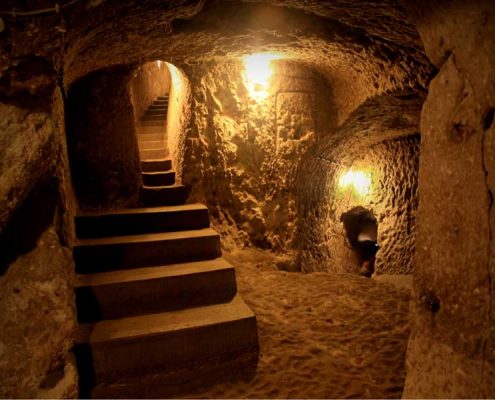 https://irandoostan.com/dostcont/uploads/2016/12/The-Underground-City-of-Noosh-Abad-1.jpg
600
800
Travel to Iran
https://irandoostan.com/dostcont/uploads/2025/05/Irandoostan-logo.webp
Travel to Iran2016-12-12 11:28:002025-04-13 15:21:07Nushabad Underground City: Photos, location, history
https://irandoostan.com/dostcont/uploads/2016/12/The-Underground-City-of-Noosh-Abad-1.jpg
600
800
Travel to Iran
https://irandoostan.com/dostcont/uploads/2025/05/Irandoostan-logo.webp
Travel to Iran2016-12-12 11:28:002025-04-13 15:21:07Nushabad Underground City: Photos, location, history https://irandoostan.com/dostcont/uploads/2016/12/NATANZ-3.jpg
1333
2000
Travel to Iran
https://irandoostan.com/dostcont/uploads/2025/05/Irandoostan-logo.webp
Travel to Iran2016-12-10 13:33:022025-04-13 15:21:08Natanz: History & Photos
https://irandoostan.com/dostcont/uploads/2016/12/NATANZ-3.jpg
1333
2000
Travel to Iran
https://irandoostan.com/dostcont/uploads/2025/05/Irandoostan-logo.webp
Travel to Iran2016-12-10 13:33:022025-04-13 15:21:08Natanz: History & Photos
Which Countries Celebrate Nowruz?
Nowruz, also known as the Persian New Year, is one of the most…
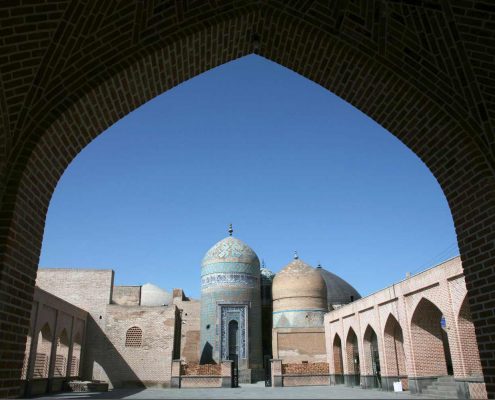 https://irandoostan.com/dostcont/uploads/2016/11/Sheikh-Safi-Khānegāh-and-Shrine-7-1.jpg
1000
1500
Travel to Iran
https://irandoostan.com/dostcont/uploads/2025/05/Irandoostan-logo.webp
Travel to Iran2016-11-26 13:25:462025-04-13 15:21:58Sheikh Safi al-Din Khanegah and Shrine
https://irandoostan.com/dostcont/uploads/2016/11/Sheikh-Safi-Khānegāh-and-Shrine-7-1.jpg
1000
1500
Travel to Iran
https://irandoostan.com/dostcont/uploads/2025/05/Irandoostan-logo.webp
Travel to Iran2016-11-26 13:25:462025-04-13 15:21:58Sheikh Safi al-Din Khanegah and Shrine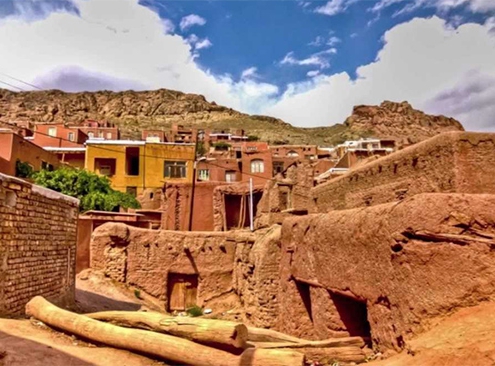
Abyaneh Village, Red Village of Iran: History, Photos & more
Abyaneh is a historic village in Isfahan province of Iran close…
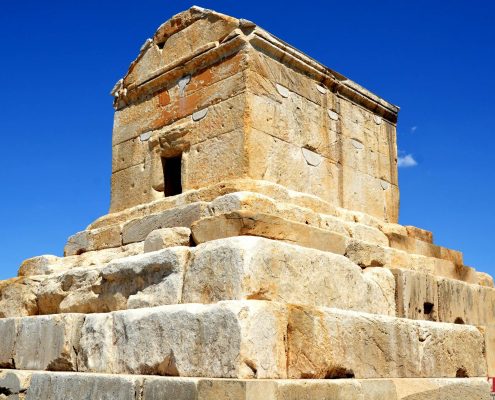 https://irandoostan.com/dostcont/uploads/2016/10/1434283697_zj80jui.jpg
1325
2000
Travel to Iran
https://irandoostan.com/dostcont/uploads/2025/05/Irandoostan-logo.webp
Travel to Iran2016-10-26 12:20:492025-04-13 15:22:29Pasargadae Tomb of Cyrus the Great (Photos, Video)
https://irandoostan.com/dostcont/uploads/2016/10/1434283697_zj80jui.jpg
1325
2000
Travel to Iran
https://irandoostan.com/dostcont/uploads/2025/05/Irandoostan-logo.webp
Travel to Iran2016-10-26 12:20:492025-04-13 15:22:29Pasargadae Tomb of Cyrus the Great (Photos, Video)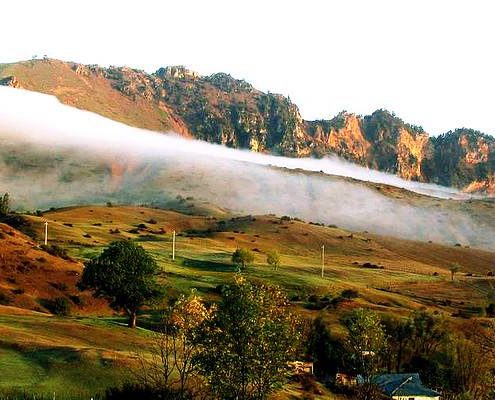 https://irandoostan.com/dostcont/uploads/2016/06/Deylaman.jpg
400
640
Travel to Iran
https://irandoostan.com/dostcont/uploads/2025/05/Irandoostan-logo.webp
Travel to Iran2016-09-27 06:07:472025-04-13 15:22:42Iran Autumn: Best Places to visit in Iran in Autumn
https://irandoostan.com/dostcont/uploads/2016/06/Deylaman.jpg
400
640
Travel to Iran
https://irandoostan.com/dostcont/uploads/2025/05/Irandoostan-logo.webp
Travel to Iran2016-09-27 06:07:472025-04-13 15:22:42Iran Autumn: Best Places to visit in Iran in Autumn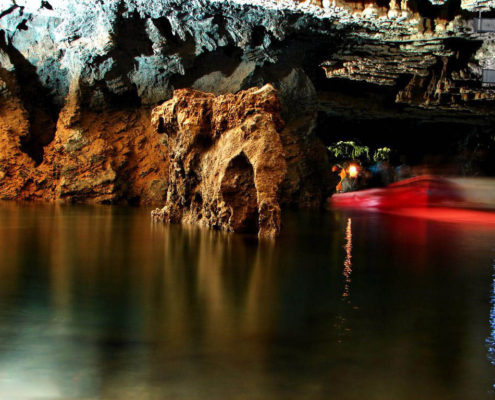 https://irandoostan.com/dostcont/uploads/2016/08/alisadrcave-traveltoiran5-e1516533365789.jpg
525
700
Mina Bagheri
https://irandoostan.com/dostcont/uploads/2025/05/Irandoostan-logo.webp
Mina Bagheri2016-08-31 04:59:502025-04-13 15:23:04World longest caves in Iran: Ali sadr cave, Salt cave, & Para
https://irandoostan.com/dostcont/uploads/2016/08/alisadrcave-traveltoiran5-e1516533365789.jpg
525
700
Mina Bagheri
https://irandoostan.com/dostcont/uploads/2025/05/Irandoostan-logo.webp
Mina Bagheri2016-08-31 04:59:502025-04-13 15:23:04World longest caves in Iran: Ali sadr cave, Salt cave, & Para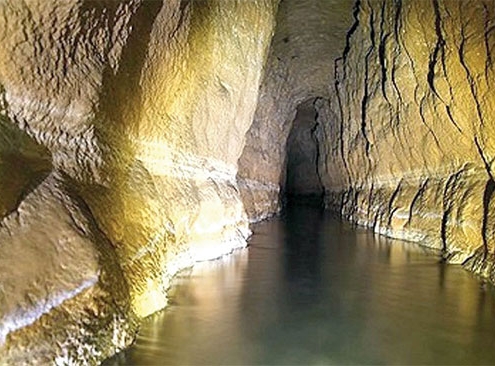
Persian Qanat: System, Structure, famous Iran Qanats
There are arid regions in Iran with no river curving or crawling…
 https://irandoostan.com/dostcont/uploads/2016/08/tochal-ski-resort-iran-tehran-e1516538105926.jpg
400
600
Travel to Iran
https://irandoostan.com/dostcont/uploads/2025/05/Irandoostan-logo.webp
Travel to Iran2016-08-20 06:42:092025-04-13 15:23:58Iran Ski Resorts
https://irandoostan.com/dostcont/uploads/2016/08/tochal-ski-resort-iran-tehran-e1516538105926.jpg
400
600
Travel to Iran
https://irandoostan.com/dostcont/uploads/2025/05/Irandoostan-logo.webp
Travel to Iran2016-08-20 06:42:092025-04-13 15:23:58Iran Ski Resorts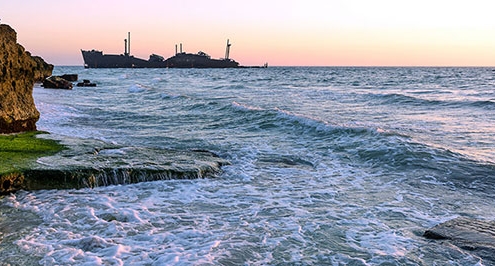
Kish Island Travel Guide: Things to do, Best Time to Go
Whether you are an adventurous scuba diver looking to explore…
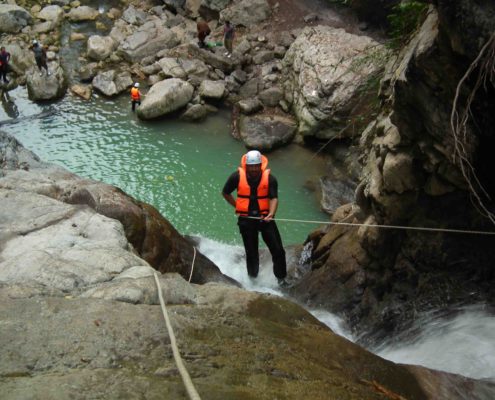 https://irandoostan.com/dostcont/uploads/2016/07/Mor-canyon-1.jpg
2736
3648
Travel to Iran
https://irandoostan.com/dostcont/uploads/2025/05/Irandoostan-logo.webp
Travel to Iran2016-07-10 11:06:072025-04-13 15:24:42Best Summer Destination in Iran for Adventure
https://irandoostan.com/dostcont/uploads/2016/07/Mor-canyon-1.jpg
2736
3648
Travel to Iran
https://irandoostan.com/dostcont/uploads/2025/05/Irandoostan-logo.webp
Travel to Iran2016-07-10 11:06:072025-04-13 15:24:42Best Summer Destination in Iran for Adventure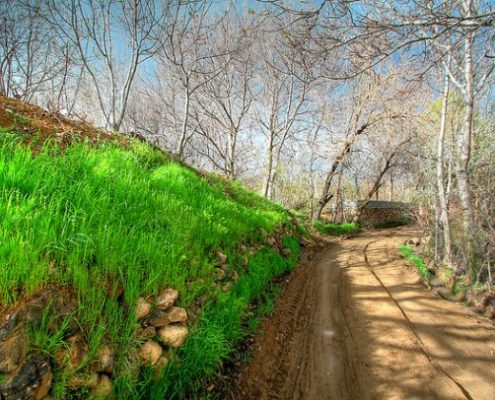 https://irandoostan.com/dostcont/uploads/2016/06/Iran-spring-2016.jpg
406
610
Travel to Iran
https://irandoostan.com/dostcont/uploads/2025/05/Irandoostan-logo.webp
Travel to Iran2016-06-06 11:40:232025-04-13 15:25:15Best Places to Visit in Iran in Spring + Photos
https://irandoostan.com/dostcont/uploads/2016/06/Iran-spring-2016.jpg
406
610
Travel to Iran
https://irandoostan.com/dostcont/uploads/2025/05/Irandoostan-logo.webp
Travel to Iran2016-06-06 11:40:232025-04-13 15:25:15Best Places to Visit in Iran in Spring + Photos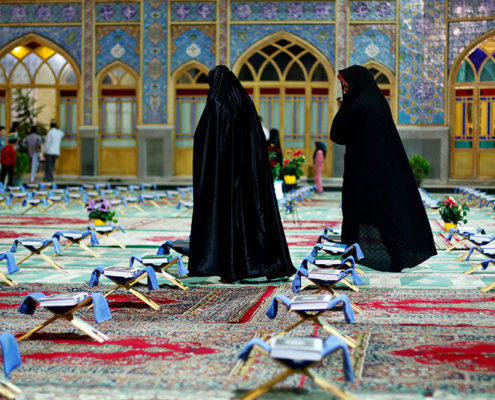
Where to Go & What to Eat in Iran During Ramadan?
Millions of Muslims in Iran and around the world have marked…
 https://irandoostan.com/dostcont/uploads/2016/04/photo_2016-04-05_09-37-05.jpg
853
1280
Travel to Iran
https://irandoostan.com/dostcont/uploads/2025/05/Irandoostan-logo.webp
Travel to Iran2016-04-05 05:41:302023-12-18 08:55:25From New York Museum to Tehran for Modern Iranian Art
https://irandoostan.com/dostcont/uploads/2016/04/photo_2016-04-05_09-37-05.jpg
853
1280
Travel to Iran
https://irandoostan.com/dostcont/uploads/2025/05/Irandoostan-logo.webp
Travel to Iran2016-04-05 05:41:302023-12-18 08:55:25From New York Museum to Tehran for Modern Iranian Art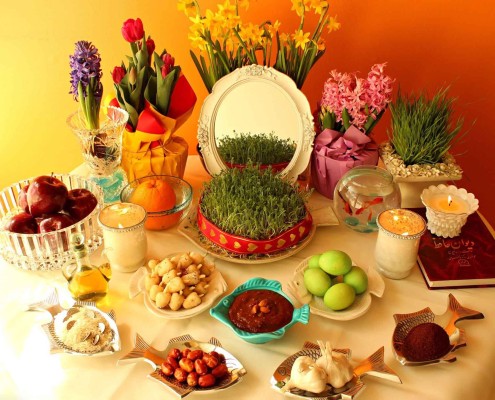 https://irandoostan.com/dostcont/uploads/2016/03/nowruz-haft-seen-new95.jpg
1462
1920
Travel to Iran
https://irandoostan.com/dostcont/uploads/2025/05/Irandoostan-logo.webp
Travel to Iran2016-03-14 08:20:182025-04-13 15:26:54Nowruz, Persian New Year
https://irandoostan.com/dostcont/uploads/2016/03/nowruz-haft-seen-new95.jpg
1462
1920
Travel to Iran
https://irandoostan.com/dostcont/uploads/2025/05/Irandoostan-logo.webp
Travel to Iran2016-03-14 08:20:182025-04-13 15:26:54Nowruz, Persian New Year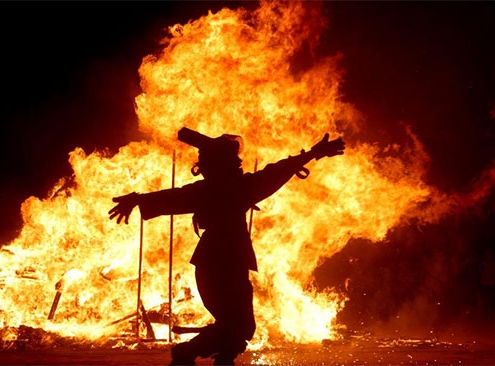
Chaharshanbe Suri (Meaning, Origins, Photos)
Traveling to Iran on the last days of the Iranian year, you will…
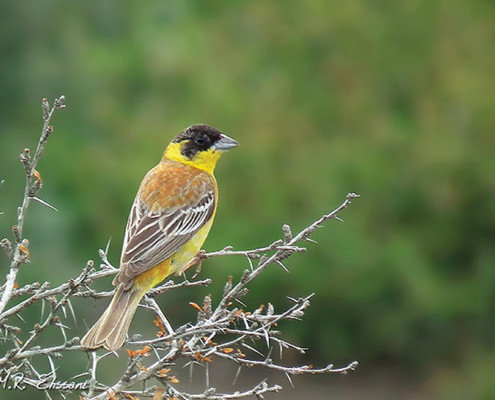 https://irandoostan.com/dostcont/uploads/2016/02/Iran-Bird-1.jpg
540
720
Travel to Iran
https://irandoostan.com/dostcont/uploads/2025/05/Irandoostan-logo.webp
Travel to Iran2016-02-24 11:34:372025-05-06 10:14:28Birds of Iran + Photos
https://irandoostan.com/dostcont/uploads/2016/02/Iran-Bird-1.jpg
540
720
Travel to Iran
https://irandoostan.com/dostcont/uploads/2025/05/Irandoostan-logo.webp
Travel to Iran2016-02-24 11:34:372025-05-06 10:14:28Birds of Iran + Photos

